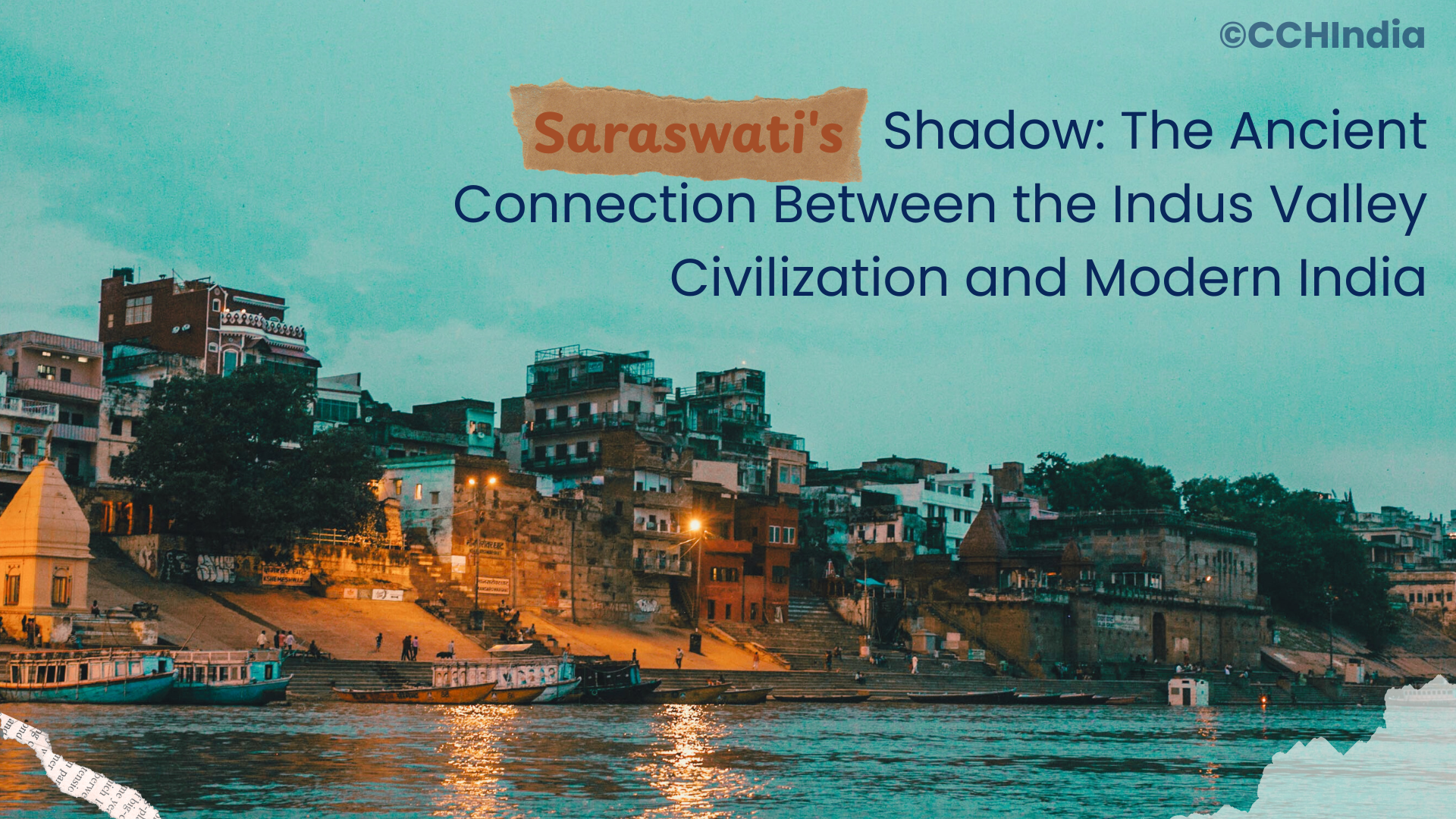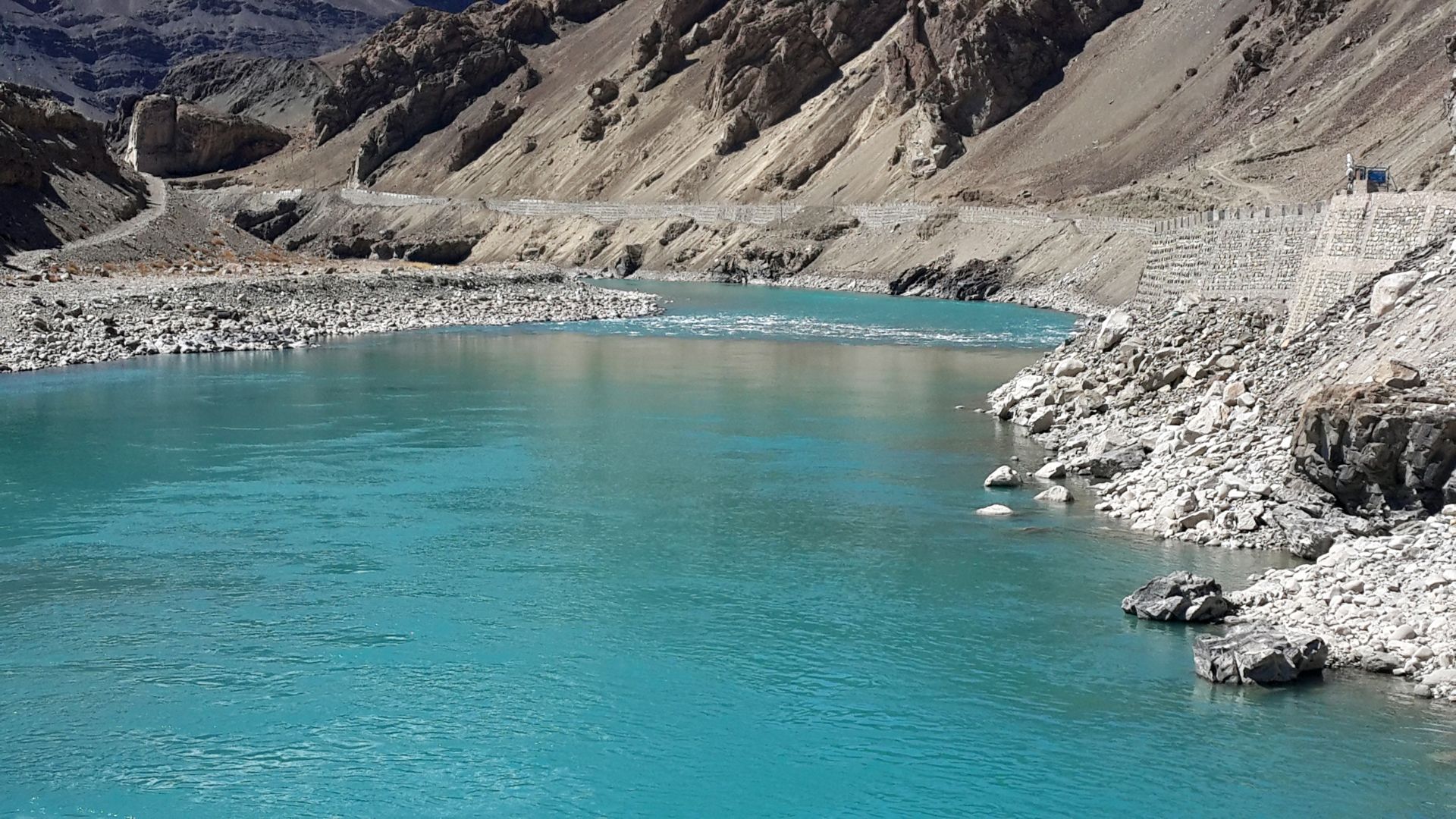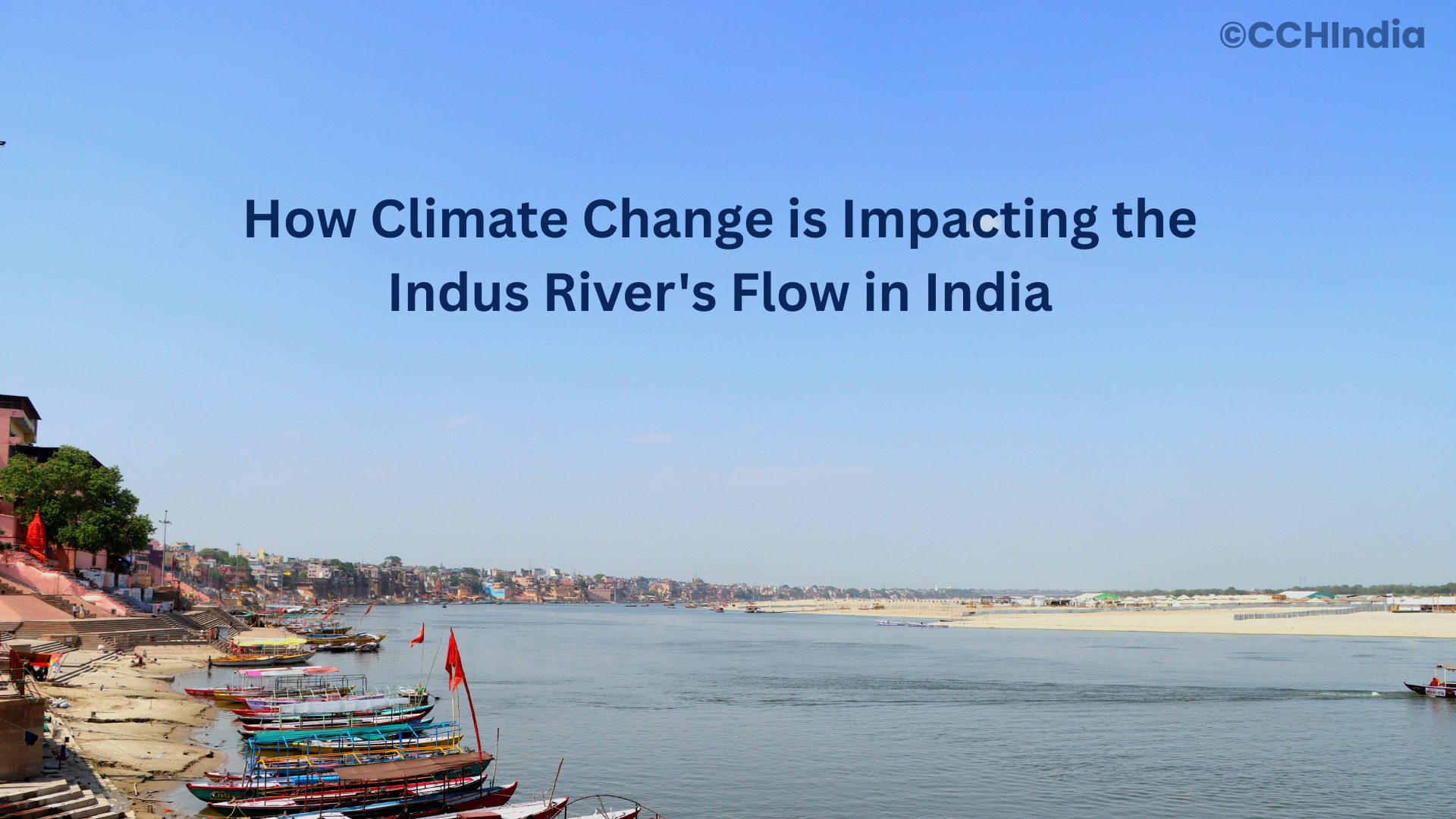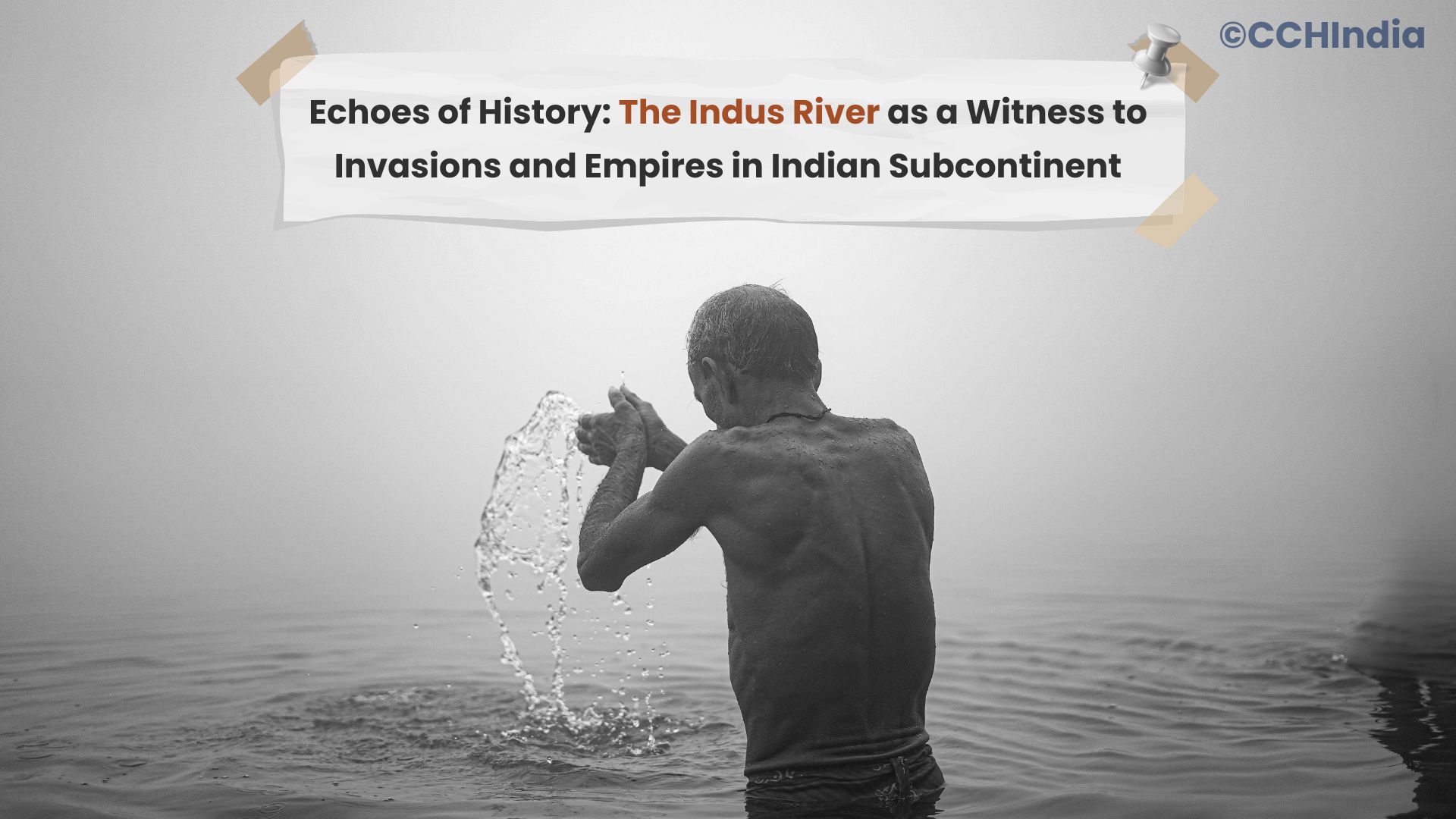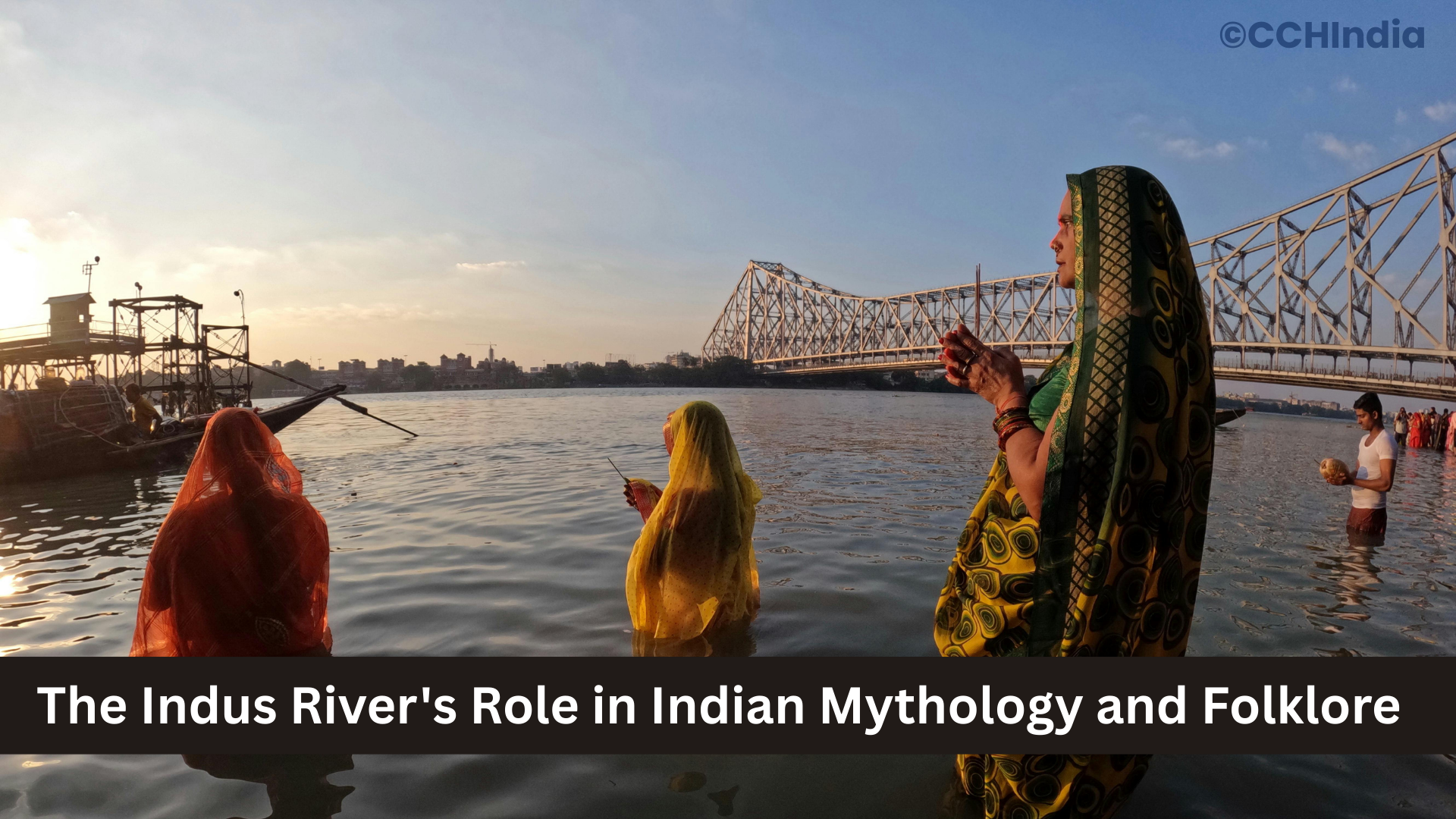You ever stumble on a piece of history and think, wait, how did I never learn this in school? That’s exactly how I felt when I started reading about the Saraswati River — this so-called “mythical” river that, turns out, wasn’t so mythical after all.
The Indus Valley Civilization… yeah, the one we all mugged up in history class for exams. Mohenjo-Daro, Harappa, those neat drainage systems everyone likes to mention. But what nobody told me was that a huge part of that civilization wasn’t sitting by the Indus alone. Nope. A lot of it thrived along the banks of the Saraswati. And here’s the kicker: the river is mostly gone now. Buried under desert sands. Just whispers in old texts and satellite images.
Crazy, right?
Sometimes I look at modern India — the bazaars, the rituals, even the way my grandmother insists on storing water in earthen pots — and I wonder: are we basically living shadows of that ancient world? Think about it. The seals from Harappa had animals, symbols, maybe even some proto-writing. Fast-forward to today, and we’re still obsessed with sacred animals, we still decorate things with little motifs that honestly look like they’ve been carried forward for thousands of years. Coincidence? Or just cultural memory refusing to die out?
I don’t know. But I like the thought that when I light a diya during Diwali, somewhere in the echoes of time, someone along the Saraswati lit a similar flame.
And let’s be honest — we Indians love to argue about history. Did the Saraswati exist? Was the Rigveda really describing it? Who cares, right? Well, I think it matters. Because when you strip away the politics, you’re left with something kind of beautiful: the idea that we’re connected, not just to “India” as a modern nation, but to something way older. Something bigger.
Sometimes I feel proud, sometimes frustrated. Proud that my land cradled one of the oldest civilizations. Frustrated that we let so much of it slip into textbooks as just “facts to memorize.” Like, come on. These were real people. Farmers, potters, traders, kids running around near the riverbanks. Not just bullet points on a school slide.
The Saraswati’s shadow still lingers. In the rituals we don’t even question. In the folk songs. In the way we still treat rivers like mothers. You might call it nostalgia. I call it a quiet reminder: we didn’t just inherit a country. We inherited a civilization’s soul.


